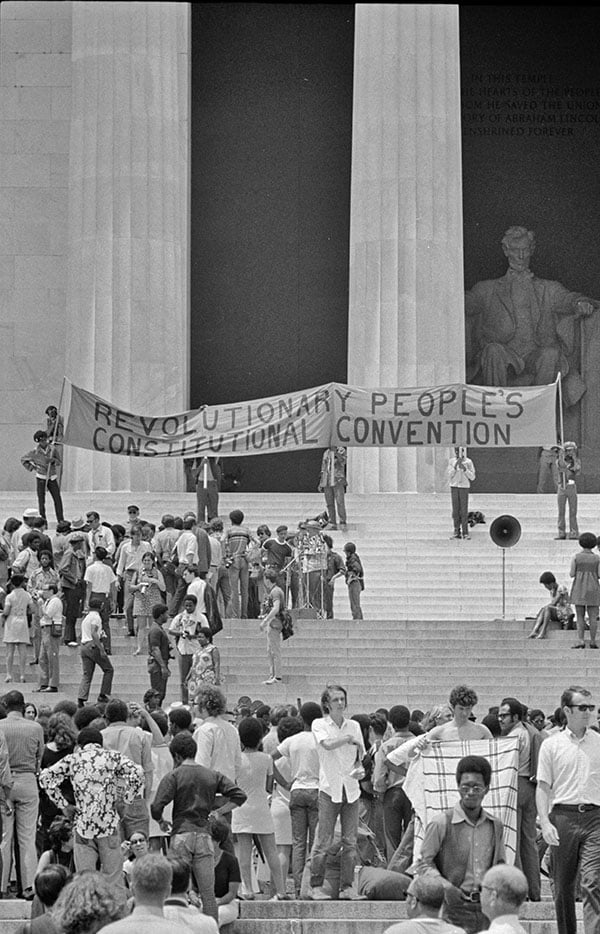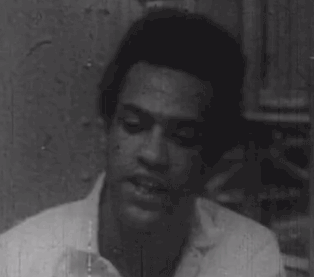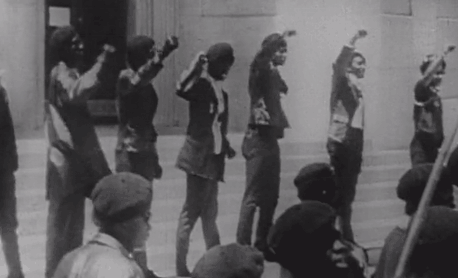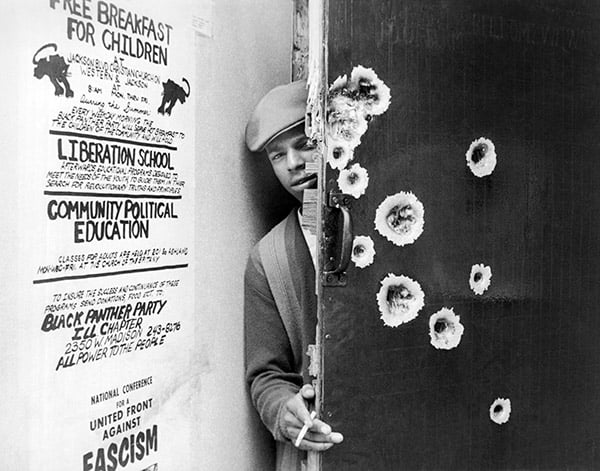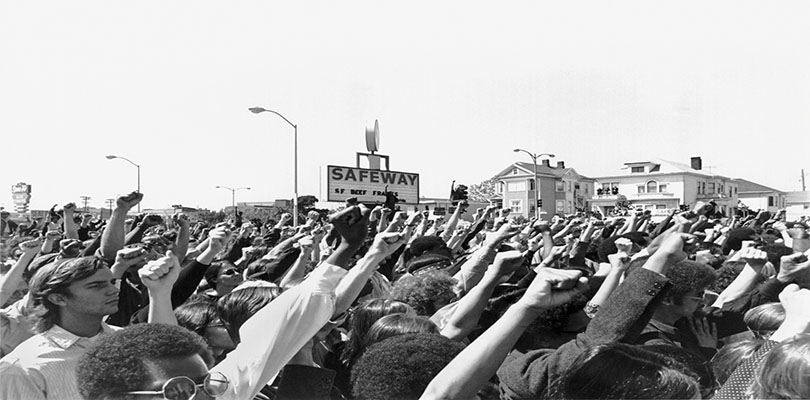
BPP: The Black Panther Party
On October 15, 1966, American political activists Huey P. Newton and Bobby Seale founded the Black Panther Party, a Black Nationalist and socialist organization. The main focus of this revolutionary group was monitoring the country’s police force and battling police brutality, specifically in Oakland, California.
Though mainly recognized as being a “militant group” due to the practice of arming their members with weapons, the Black Panthers were at its core fighting for justice and peace for Black Americans.
Origins
Born out of the Civil Rights Movement in the 1960s, the Black Panthers Party (BPP) first emerged from poor “urban ghettos” after the white families left major cities and moved into suburban neighborhoods. Within these ghettos a majority of black Americans were facing high unemployment, inferior housing, and no political representation. The combination of these living conditions and an event in which a San Francisco police officer shot and killed an unarmed black man, sparked riots throughout Black American communities.
Huey P. Newton was inspired by the sheer force of the Black American peoples during these riots. He wanted to harness this force and bring these men and women together to fight for one central cause: to end the oppression and violence against Black Americans.
Newton began to intensively study California’s gun law, which most importantly included an “open-carry” law. This allows Californian citizens to openly carry a firearm in public as long as it is visible and not pointed at any person. From there, Newton and fellow classmate Bobby Seale began selling Chairman Mao’s Little Red Book (a collection of speeches and writings of the former Chairman of the Communist Party) to leftist radicals on their college campuses, using the money to buy shot guns stating “we’ll protect a mother, protect a brother, and protect the community from the racist cops.”
Armed BPP members began tailing police cars around Oakland, CA in order to capture proof of the police brutality against black men and women which they faced every day. If confronted by the police they were policing, the members would use the law against them, pointing out they had done nothing illegal and even threatened to take any cop to court for threatening their Constitutional right.
The BPP & the FBI
While gaining the reputation as a violent organization due to the carrying of weapons, the BPP was also extremely involved in establishing community-based social programs, which included groups such as the Free Breakfast for Children programs and health clinics. Despite their involvement in these community programs and their overall peaceful practices as a political group, FBI director J. Edgar Hoover labeled the party the “greatest threat to the internal security of the country.” Due to his power, Hoover was able to use his unjust bias at work against the Black Panther Party and supervised the Counter Intelligence Program (COINTELPRO), an invasive and at many times illegal program that specifically targeted the Black Panther party. This program subjected BPP members to excessive surveillance, unlawful infiltration, perjury, and police harassment.
The COINTELPRO not only targeted the leaders of Black Nationalist organizations, but also went after social/community programs that these groups, specifically the BPP, were involved in. As mentioned above, the most influential organization that the COINTELPRO targeted was the Free Breakfast for the Children, a program in which BPP members would cook and serve breakfast to underprivileged city youths. This group was meant to “shed light on the government’s failure to address child poverty and hunger.” The federal agents as well as police officers openly harassed all those involved in the social program, hoping to dismantle the Black Panther Party through intimidation.
The BPP & Women
While at first the Black Panther Party practised the sexist belief of traditional gender roles and highlighted black masculinity, the BPP published an article in the Black Panthers newspaper stating that men and women are equal — that the male members of the party must treat female members with the same respect as a man. The BPP began to include a woman-specific ideology in 1969 which addressed the unique experiences of Black American women, though also acknowledged the belief that racism is more oppressive than sexism. This practice, called womanism, addressed the fact that traditional feminism did not acknowledge the race and class struggle within the country, and therefore aided white women, excluding women of colour.
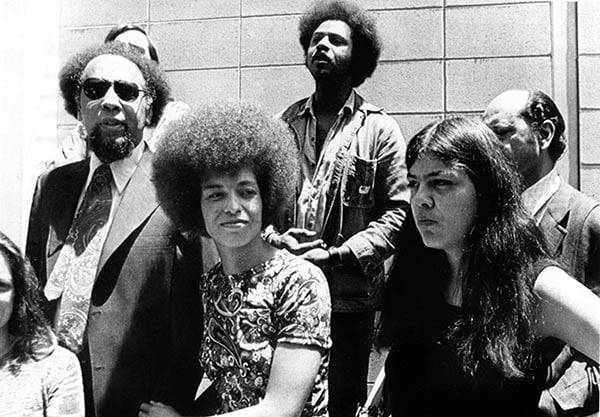
Angela Davis (b1944) American black activist, communist, defender of the cause of black prisoners, Black panthers activist, here leaving the courtroom after winning a court battle on June 4, 1972.
The BPP newspaper began making a point to portray women as revolutionaries. Women within the Party were seen as active and intelligent members, with many pictures showing women holding children and guns, each protecting their homes and their community. One of the most famous female Black Panthers Party member was Angela Davis, activist, scholar, and author. Davis soon became the face of women involved in the BPP. Women’s Rights issues began to appear in the practices of the Black Panther Party. In the 1970s, the Party vocally supported women’s reproductive rights and condemned prostitution. While chapters within the Party still struggled with sexism and gender oppression, the official policy of the Party was to punish any man who violated the rules of gender equality.
Aftermath and Legacy
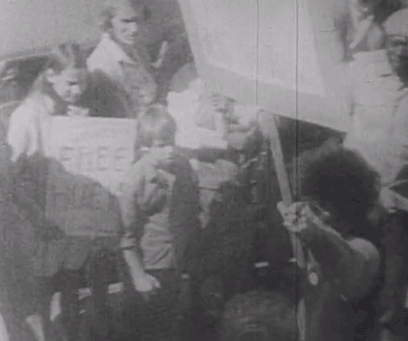
Black Panther Party and the Peace & Freedom Party protest together. Cops control crowds. Huey P. Newton talks from prison
For 16 years, the Black Panther Party was extremely active in the fight against racial oppression in America, until 1982 when the organization ceased operation. There are many opinions that have arisen in the aftermath of the Black Panthers movement. While some see the strides the Party made as incredibly important in the movement toward the protection of Black Americans from the American police force, there are many who believe that the Party did more harm than good. Many critics believed that the groups “romance with gun violence” and the overall “gang mentality” led to the eventual increase of violent crime within the Black American communities.
The legacy of the Black Panther Party still lives on to this day and has inspired many current social groups and movements, most notably the Black Lives Matter movement which was formed in 2013. This October, remember the men and women who gave their lives for their freedom those 50 years ago, as well as all the sacrifices and accomplishments the movement made in the name of revolution.
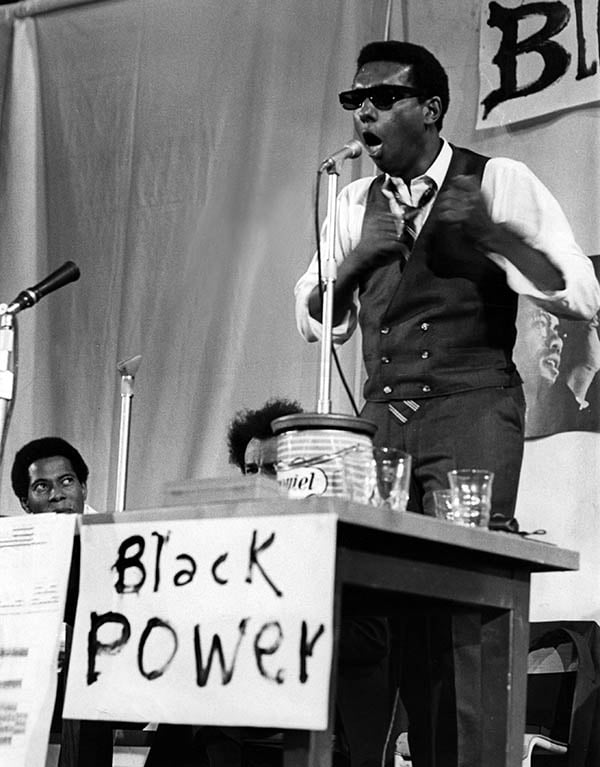
Stokely Carmichael, Aussi Connu Sous Le Nom De Kwame Ture, Militant Noir, Leader Du “Black Panther Party” Ici Le 24 Juillet 1967. (b/w photo) / Photo © AGIP
Find out More
See more footage and images from the Black Panther Party movement.
Save
Save
Save

